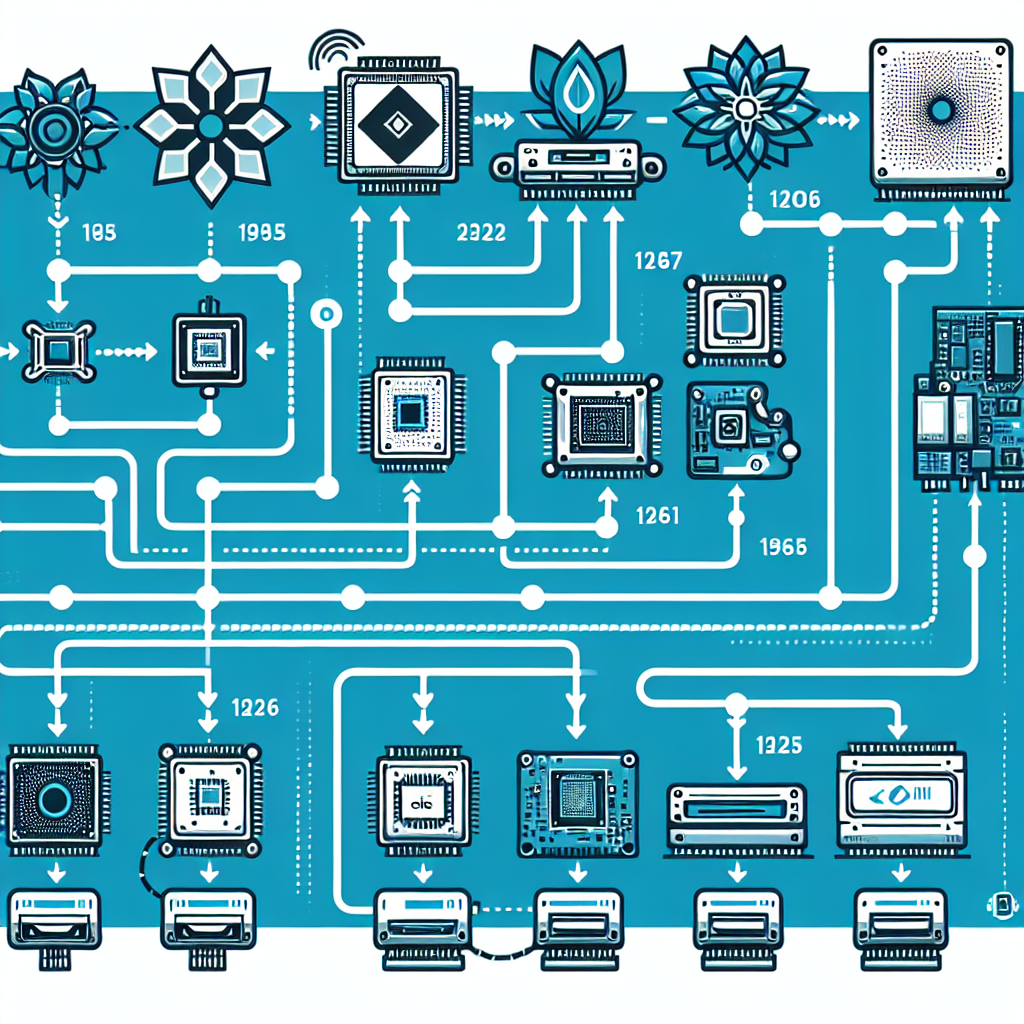The Peripheral Component Interconnect Express (PCIe) technology has come a long way since its inception in the early 2000s. Originally developed to replace the aging PCI and AGP interfaces, PCIe has evolved over the years to become the standard interface for connecting various expansion cards and peripherals to a computer’s motherboard.
The first generation of PCIe, known as PCIe 1.0, was introduced in 2003 and offered a maximum data transfer rate of 2.5 gigatransfers per second (GT/s). This was a significant improvement over the previous PCI interface, which had a maximum transfer rate of 133 megabytes per second (MB/s). PCIe 1.0 also introduced several new features, such as lane bifurcation and dynamic link resizing, which allowed for greater flexibility in how devices were connected to the motherboard.
Subsequent generations of PCIe, including PCIe 2.0, PCIe 3.0, and PCIe 4.0, continued to increase the data transfer rates and add new features to the interface. PCIe 2.0, released in 2007, doubled the maximum transfer rate to 5 GT/s, while PCIe 3.0, released in 2010, doubled it again to 8 GT/s. PCIe 4.0, released in 2017, further increased the transfer rate to 16 GT/s, making it the fastest PCIe interface to date.
One of the key features of PCIe that has enabled its evolution is its scalability. PCIe supports different lane configurations, allowing for a wide range of devices to be connected to the motherboard. For example, a PCIe x1 slot has one lane and is typically used for low-bandwidth devices like sound cards or network adapters, while a PCIe x16 slot has 16 lanes and is used for high-performance devices like graphics cards.
The latest generation of PCIe, PCIe 5.0, was released in 2019 and offers a maximum transfer rate of 32 GT/s. PCIe 5.0 also introduces new features like forward error correction (FEC) and link equalization, which improve the reliability and performance of the interface. PCIe 5.0 is expected to be widely adopted in the coming years as devices continue to demand higher data transfer rates.
Overall, the evolution of PCIe has been driven by the need for faster and more reliable data transfer between devices and the motherboard. With each new generation, PCIe has continued to push the boundaries of what is possible, making it an essential technology for modern computing. As devices continue to demand higher performance, it is likely that PCIe will continue to evolve to meet those demands in the future.


Leave a Reply